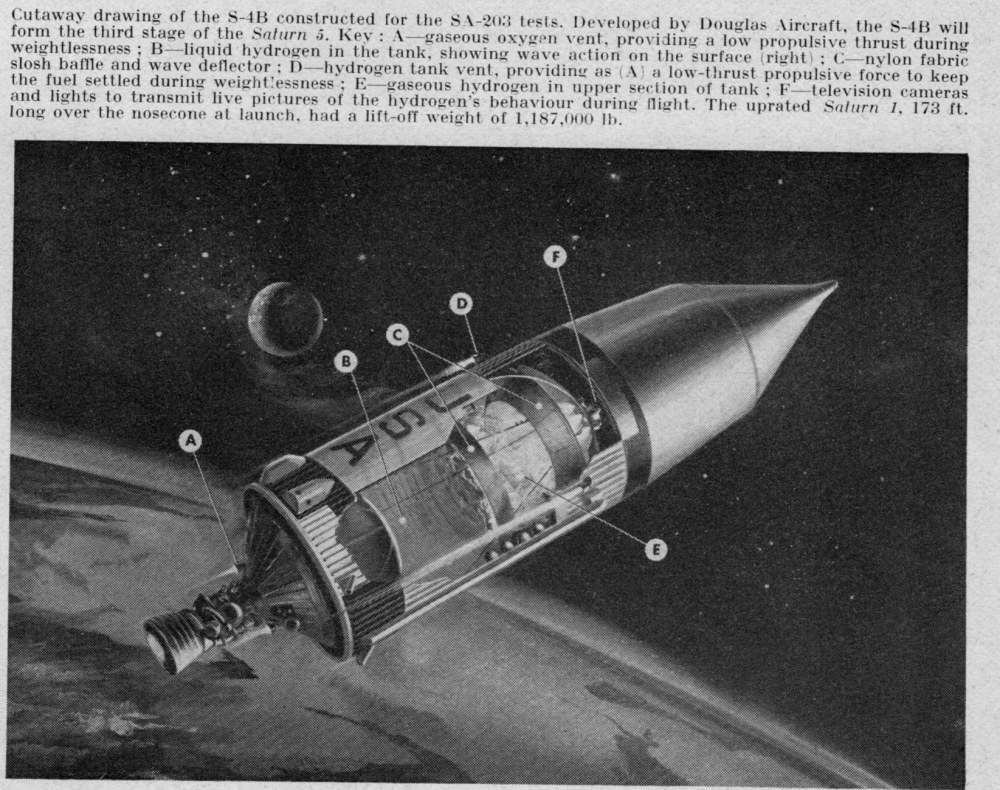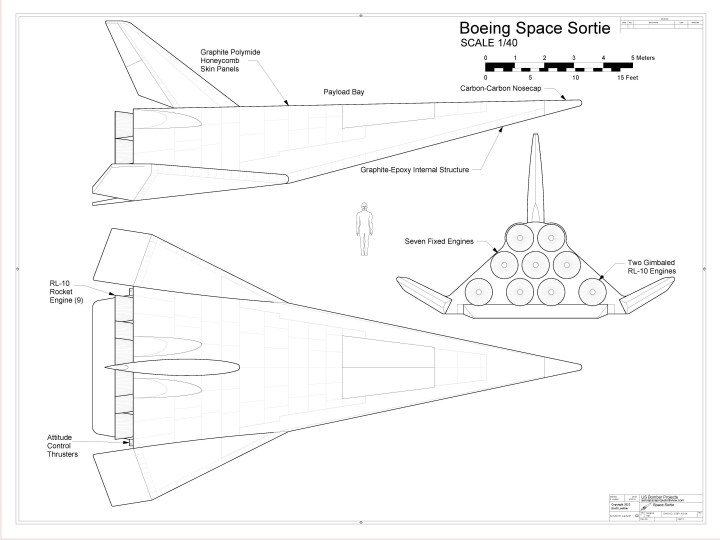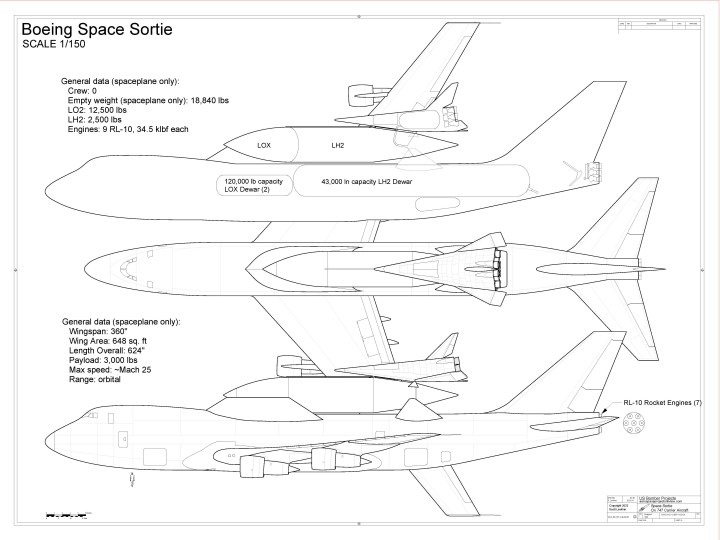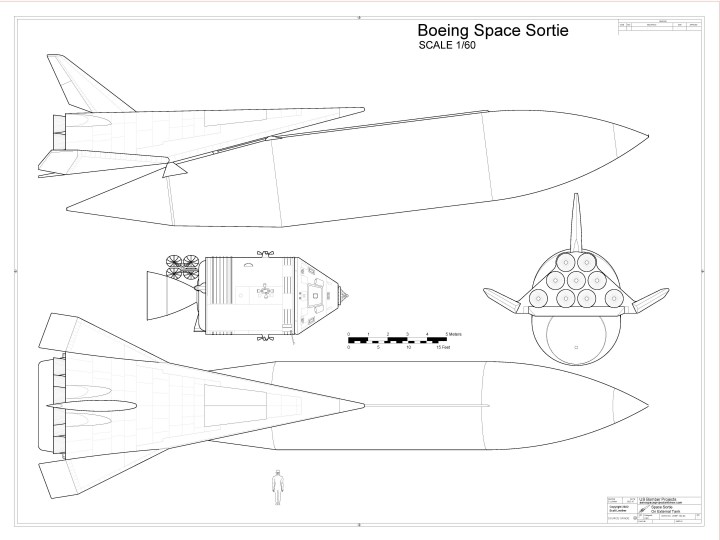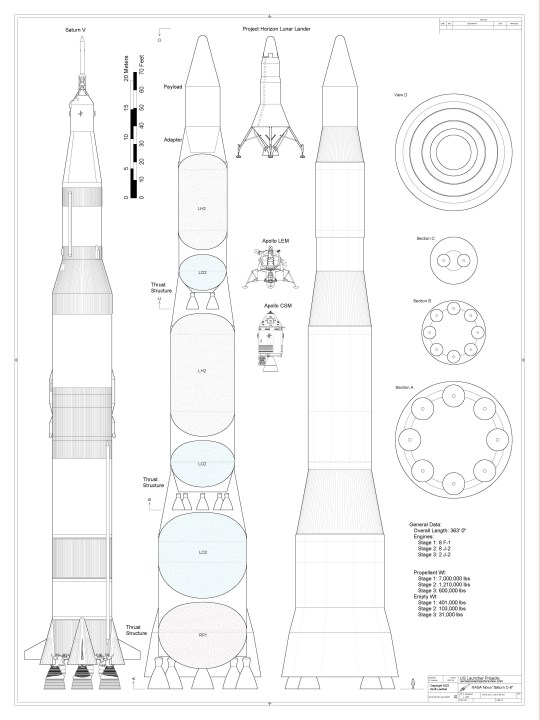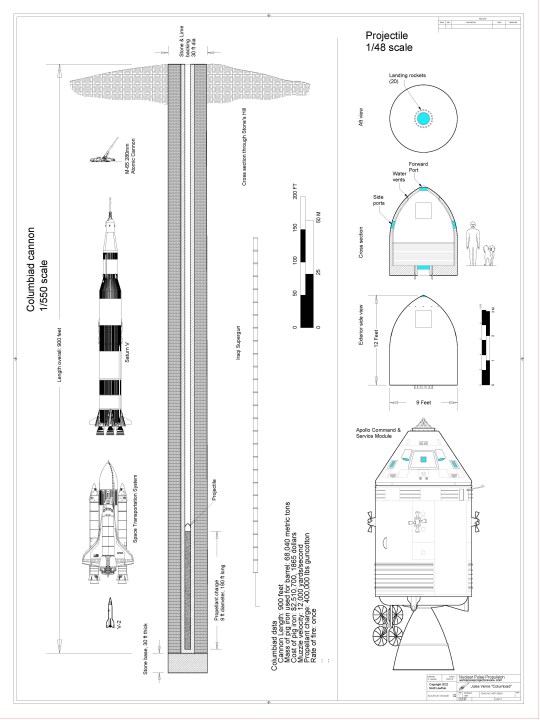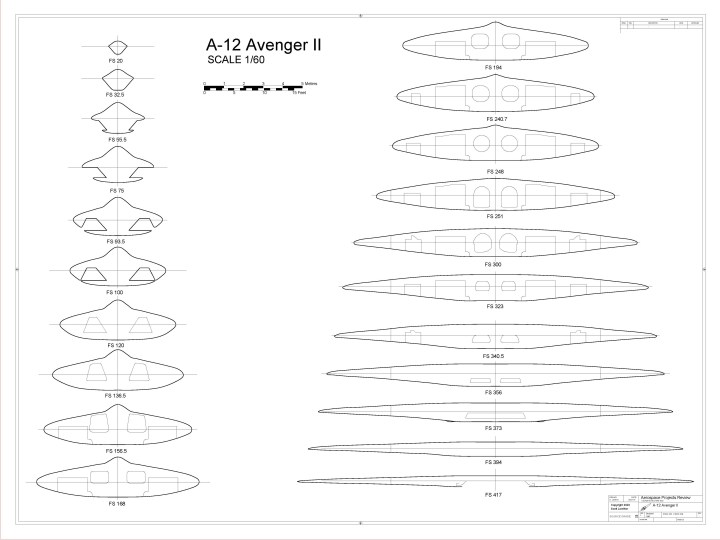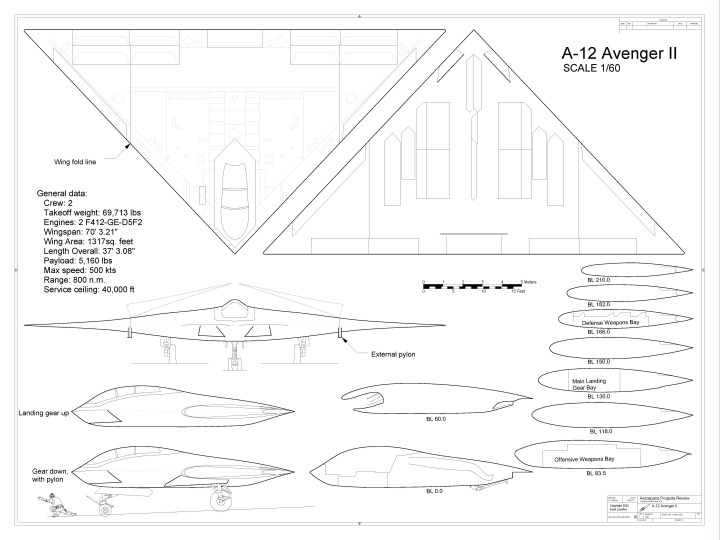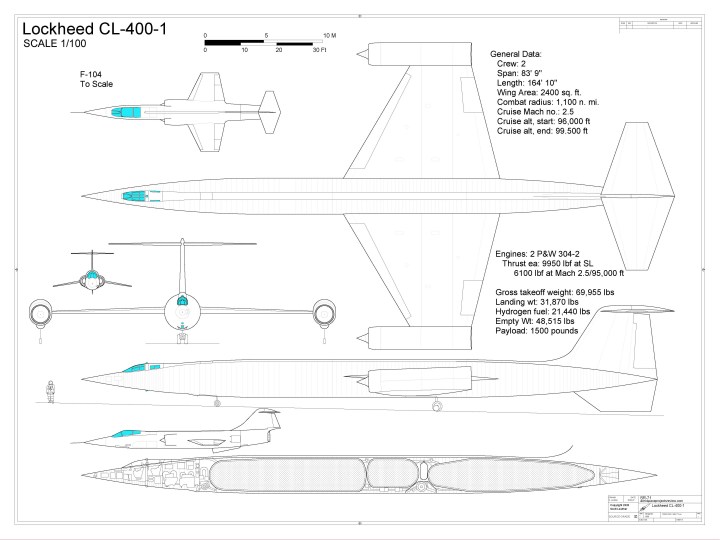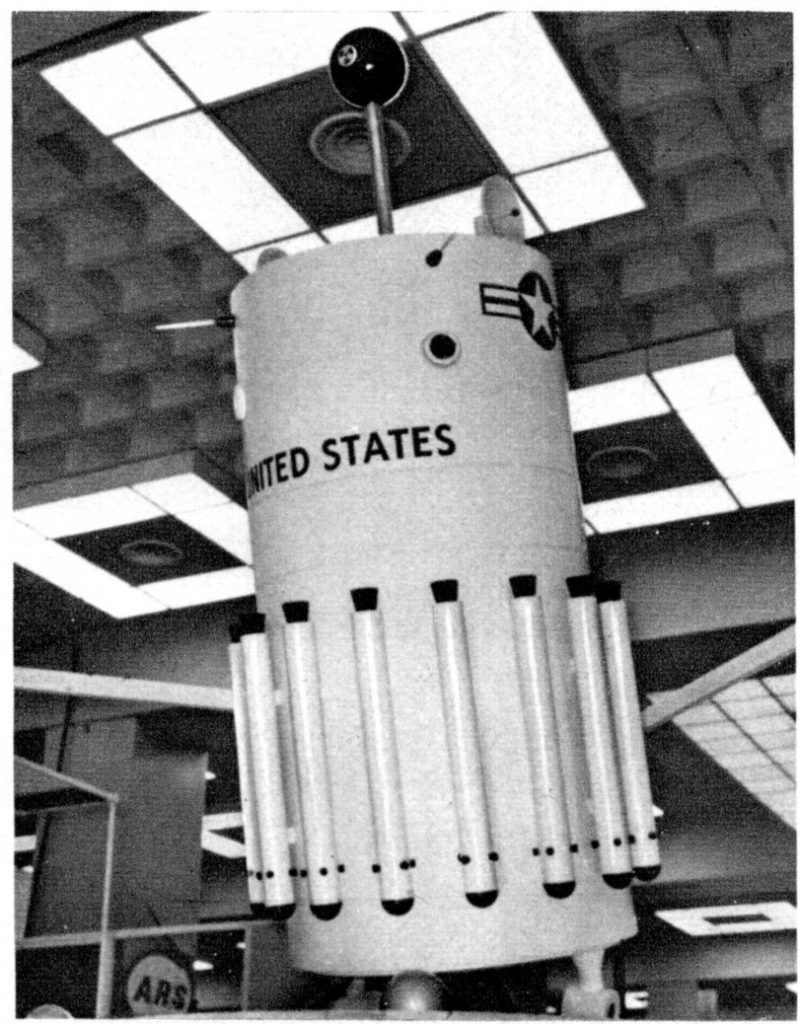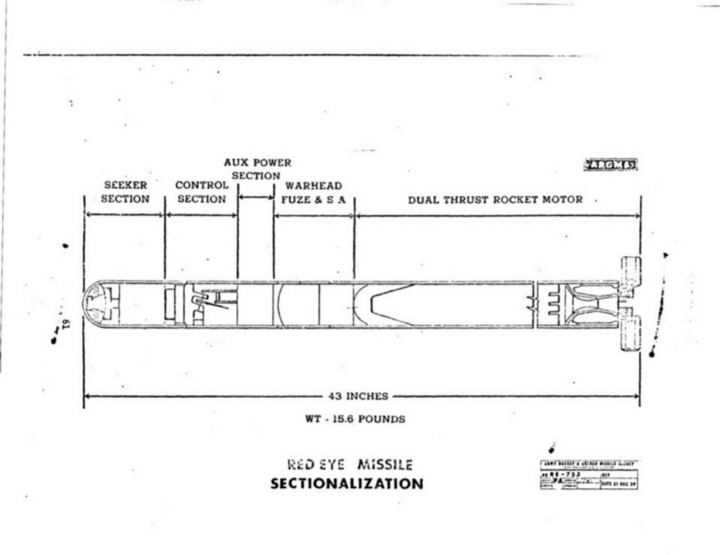Art from 1966 showing the S-IVB stage as launched on the SA-203 flight of the Saturn Ib, launched July 5, 1966. This flight put an S-IVb stage into orbit and demonstrated engine restart in microgravity, needed on the upcoming Apollo moon missions.
Someone messed up the NASA logo on the recent SpaceX launch. The derpified logo “Nick B” created in response fills me with joy:
https://t.co/ZriD22ndBh pic.twitter.com/XfZoCatumQ
— Nick B 📸 (@_AstroGuy_) October 2, 2022
I’m at work on a new series of CAD diagrams (see HERE for the first run) to be released as PDFs formatted for printing at 18X24. For example, here are first drafts of a few:
- Boeing Space Sortie (3 sheets)
- Saturn C-8/Nova
- Jules Verne’s “Columbiad”
- A-12 Avenger II (2 sheets)
- Lockheed CL-400 “Suntan”
All of these require a bit more dressing-up, as well as explanatory text. But I think they’re starting to look pretty good.
I’ve selected a fair number more to work on. If any of these are of particular interest, or if any of the many, many diagrams I’ve made over the years would be of interest, let me know.
- BIS “Daedalus” straship
- Rockwell MRCC
- Northrop Tacit Blue
- Space Shuttle Main Engine
- Boeing Bird of Prey
- General Atomic 86-foot Orion
- General Atomic Orion battleship
- General Atomic 10-meter Orion
- Martin SeaMistress
- Space Launch System
- Have Sting orbital railgun
- Casaba Howitzer
- X-20 Dyna Soar
- B-47E
- DB-47E/Bold Orion
- DB-47E/RASCAL
- B-52G
- B-52H
- B-52H/Skybolt
- Boeing Space Freighter
- Boeing Big Onion
- Shuttle C
- Rockwell Star Raker
- Lockheed STAR Clipper
- Lockheed SR-71
- Lockheed A-12 (early canards)
- Lockheed A-12
- Lockheed A-12 (honeycomb panels)
- Lockheed A-12 “Titanium Goose”
- Lockheed YF-12A
- Lockheed M-21/D-21
- Lockheed AP-12
- Republic YF-103
- North American XF-108
- Bell MX-2147
- Convair Kingfish
One might argue that an ESA astronaut doing cosplay while on the Space Station is a waste of time. I would counter with: “you’re an idiot. Watch this awesomeness.”
2022 A Space Odyssey. Turns out, yes, you can walk with Velcro shoes. Slowly, very very slowly 😉#ASpaceOdyssey #MissionMinerva @esa @esaspaceflight @Space_Station pic.twitter.com/WI69RXmObE
— Samantha Cristoforetti (@AstroSamantha) October 8, 2022
To compare with:
The DART mission successfully changed the motion of an asteroid
Prior to impact, it took Dimorphos 11 hours and 55 minutes to orbit its larger parent asteroid Didymos. Astronomers used ground-based telescopes to measure how Dimorphos’ orbit changed after impact.Now, it takes Dimorphos 11 hours and 23 minutes to circle Didymos. The DART spacecraft changed its orbit by 32 minutes.
Initially, astronomers expected DART to be a success if it shortened the trajectory by 10 minutes.
Neato. A pity we didn’t have more spacecraft on-scene to get better bomb damage assessment images in the minutes, hours and days that followed. It kinda seems like the impact really trashed the rubble pile.
A model built by or for Raytheon depicting their concept of a “Space Defense Platform.” Shown in early 1962 (possibly late 1961), this is a very early concept for a space-based weapon system meant to destroy other space vehicles. Scale is unknown, but if it is 1/1 scale, it seems fairly small. It is surrounded by what look like interceptor missiles, missiles which bear a resemblance to the contemporary FIM-43 “Redeye” shoulder-fired surface-to-air missile. The space missiles seem to have infra-red seekers like the Redeye, four small fins up front much like the Redeyes (which of course doesn’t make any sense in context of a space-based missile), but no tail fins, unlike the Redeye. Presumably steering would be accomplished by vectoring the main nozzle or the use of divert thrust near the nose, or both. Perhaps the four small “fins” are in fact thrusters, each pointing “sideways.” Much later interceptor missiles for use in space used gas generators that ran non-stop and fired from all of the thrusters non-stop; doing so negated their thrust, until a valve closed on one or more thruster, making the thrust asymmetric.
Redeye missile for comparison:
The model has few other features of note. Some ports, some antennae, some ill-defined projections near the bottom… and a spherical item, held aloft by a short boom, at the top. Notice a small “radiation” symbol on the sphere, indicating that this spacecraft was to be nuclear powered. Presumably some sort of low-power system, an RTG or the like, rather than a full reactor. in either case, radiators are not in evidence.
For those lookign to nail down the size of the model:
1) Assume the missiles are Redeyes.
2) Down at the bottom is a shiny hemisphere… it *might* be someone’s head.
3) The ceiling lights and contours are likely made to standard sizes.
My third book, “US Supersonic Bomber Projects Vol 1” is, as I understand it, somewhere between “being printed” and “being shipped.” I am thus hard at work on Volume 2. I had hoped to also do a Volume 3, but that is unlikely: Volume 3 would be “Space Bombers.” However, apparently the market for “space” is nothing like what it is for “aviation,” so the idea has been nixed. There is official interest in several other works I’ve planned, so properly published books seem likely to continue for some time.
That said: while the market for “space” is less than the market for “aviation,” my own interest in the two is about equal. And I would be happy to sell works at a number substantially lower than a professional, proper publisher would. A publisher would have books on bookstore or grocery store shelves, while I would only sell from my little website. And if I’m not incredibly stupid about it (no guarantee of that, of course), a self-published book would, theoretically, bring in more on a per-book basis than one done through a publisher. So I’m contemplating something like a Kickstarter for “Space Bombers.”
As currently laid out, this book would be almost overwhelmingly “The Book Of Dyna Soar,” as the bulk of (available) American space-based bombardment studies revolved around that program. However, it would extend well beyond Dyna Soar, including Orion and other strategic orbital weapons systems studied back in the sixties, on up through much more recent studies including aerospaceplanes and bombers based on the X-33/Venturestar/RLV studies. Being self published I would not be locked into a set page count and, perhaps, could include foldouts and perhaps more color art (depending on funding). This could be released as both an Ebook and a softcover… and, depending on length, a hardback. Other “extras” could include 18X24 or 24X36 prints of diagrams, perhaps on something like mylar.
I am *far* from setting up a Kickstarter for this. I’ve seen a lot of people get *really* mad about funding this or that project and then watching it slip far behind schedule, so I wouldn’t even start a crowdfunding campaign until it was substantially complete. There are a number of topic areas that I really want to delve into more deeply via FOIA and whatnot, a process that has become far more troublesome in recent years. At this point it’s in the “this is an idea to think about” stage. But I am interested in any input on the subject… thoughts on crowdfunding, ideas about subjects to add and, as always, input of documentation on the topic that you might have that you think I may not.
A YouTube video with a bit more imagery of the impact and the results…
Except with an additional mighty flash right there at the end.
The Hubble and Webb space telescopes both observed the DART asteroid impact, and both saw distinct “streamers” in the ejecta. Which seems rather odd given that the asteroid appears to have been a loosely-assembled gravel pile, with nothing holding the ejected particles together… no surface tension, no magnetic fields, not even any appreciable gravity.
Webb and Hubble capture detailed views of DART impact
Webb’s view in near infrared:

Hubble’s view in visible light:

